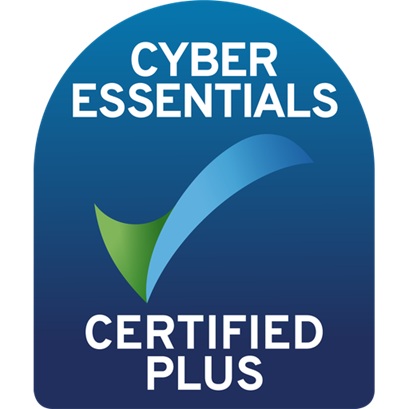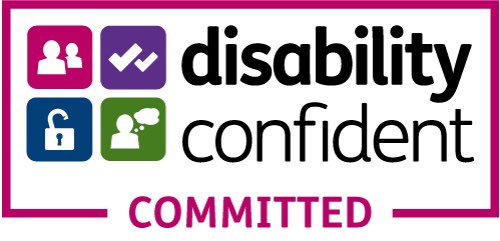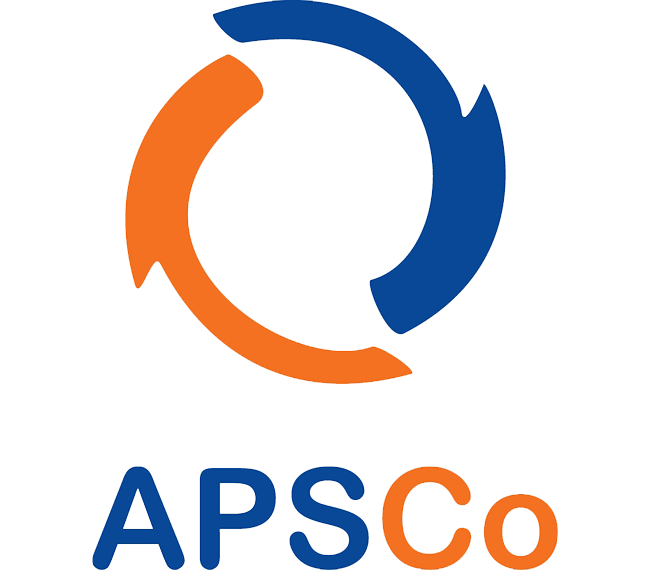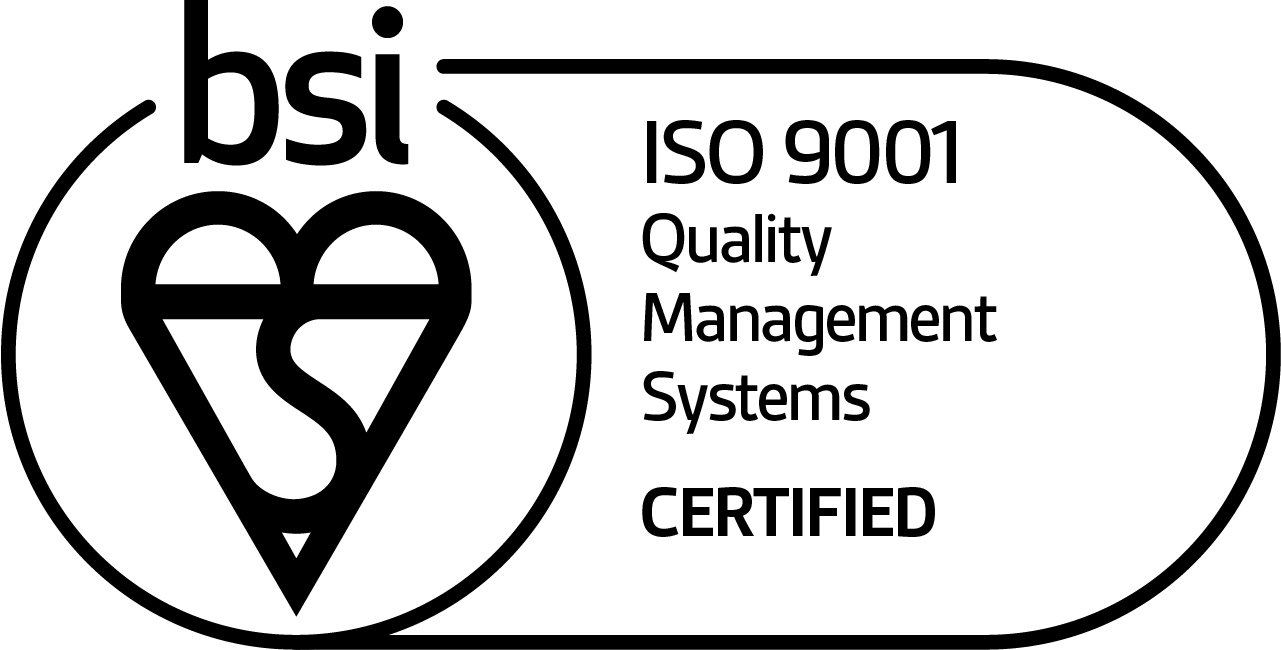Is it time to start prioritising flexible working over pay rises and promotions? New research from Virgin Money would suggest so, if you wish to attract Gen Z and Millennial workers. The report found that 46% of Gen Z-ers (16-24-year-olds) and 59% of Millennials (25–34-year-olds) consider flexi-time to be one of the most important aspects when applying for a job. More than eight in ten (81%) Millennials and three-quarters (75%) of Gen Z-ers want more choice around when and where they work, rating hybrid working as the preferred option rather than working in an office full-time.
With skills shortages affecting most STEM industries, it would seem that if companies want to be competitive at attracting a new generation of workers, they need to rethink their talent attraction and retention strategies to align with this new way of working.
The COVID-19 pandemic has accelerated the trend towards flexible working, as it has shown
both employers and employees that flexible working arrangements can be just as productive.
It is certainly a practice that we have adopted here at Scantec, which we didn’t offer pre-pandemic. We offer all employees hybrid working as standard to help facilitate a better work-life balance for our employees. We offer two days at the office and three days working from home. We also offer additional working from home days depending on role (currently 12-75 days) per year.
All of which makes sense if your company is office based but how can employers apply this approach to more ‘on-site’ locations such as warehouses, factories and labs? In this blog, we'll explore how employers can apply flexible working to on-site roles.
Implement flexible work patterns
Firstly, it's important to acknowledge that flexible working doesn't necessarily mean remote working. For on-site roles, flexible working can take various forms such as flexible start and finish times, job-sharing, compressed work weeks, or even split shifts. For example, instead of working 8 hours straight, an employee could work 4 hours in the morning and 4 hours in the evening. This arrangement could be beneficial for both the employer and the employee as it would allow for greater coverage of work hours while providing flexibility to employees.
Embrace the use of Technology
With the use of technology, employees in manufacturing facilities and warehouses can now monitor processes and equipment remotely, reducing the need for constant on-site supervision, whilst allowing employees to work on a flexible schedule.
Hybrid work model
Like Scantec, employers can implement a hybrid work model, which combines on-site and remote work. This can provide the best of both worlds for employees and employers, allowing for flexibility and improved work-life balance, while still ensuring that essential on-site tasks are completed.
The benefits
Beyond attracting younger workers, there are a broad range of benefits associated with flexible working for businesses that make it worth considering and by implementing them they can:
- Become a recognized employer of choice
- Improve candidate attraction
- Attract a broader pool of people
- Impact workforce/board-level diversity
- Hire the best talent in the market
- Enhance engagement, job satisfaction, and loyalty
- Boost employee wellbeing
- Reduce absenteeism
- Ensure the right people are in the right jobs
- Create better career progression opportunities
- Close the gender pay gap
If businesses start embracing flexible working now, it will quickly become part of your employer brand that ultimately helps firms stand out from competitors. Those companies that refuse to change will struggle to hire the people they want, as well as retain key staff.
A flexible working culture and diverse workforce also make it easier to move talent into different roles and create lines of progression and other career opportunities. This can have a snowball effect. If companies can attract a broader pool of people and the best talent in the marketplace, employees will continue to challenge the business and encourage leaders to conceive different ways of doing things.
If people recognise your company as forward-thinking, ambitious and open-minded, they’ll be excited to work for you. Engagement, job satisfaction, and retention will improve as a result.
Looking for more guidance in your hiring process?
If you are currently hiring and would like further advice on how best to position yourself as an employer of choice to your potential employees, get in touch with Scantec today to discuss our recruitment services.






